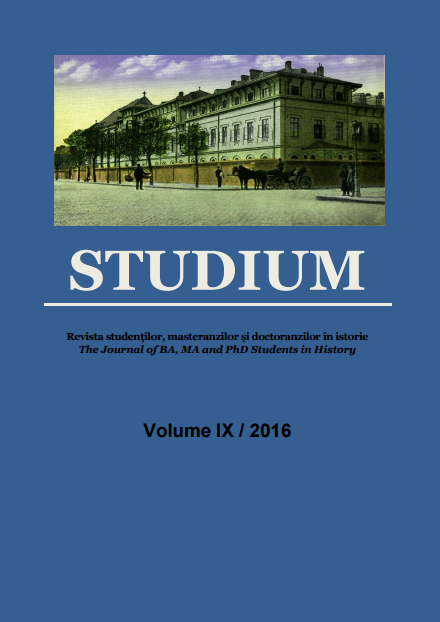Europa Centrală şi de Sud-Est şi feudalismul sârbesc între secolele al XII –XV-lea
Central and South-Eastern Europe and Serbian
feudalism between the 12th and 15th centuries
Author(s): Ştefan StareţuSubject(s): History
Published by: Universitatea »Dunarea de Jos« din Galati -Facultatea de Istorie, Teologie și Filosofie
Keywords: Europe; Serbia; Stefan Nemanja; Sigismund of Luxemburg; Stefan Lazarevich
Summary/Abstract: This paper presents a brief analysis of the situation in central and South-eastern Europe during the 12th to the 15th centuries, to understand the mechanisms of the political, religious and social movements’ dynamics at that time. Thus, starting mostly from the 12th century, the territory of Eastern Europe was marked by the break between Orthodoxy and Catholicism and by the power relations that resulted from it. Hungarian and Serbian elites were in the middle of these realities. From the time when Stefan Nemanja became the leader of Serbia in 1166, to the fall of the Serbian Despotate in 1459, Serbia’s importance in supporting Orthodoxy in Central Europe and especially in Hungary was overwhelming. Stefan Nemanja was the most important personality in the history of Orthodoxy in the first part of this historical period, and the Brankovich family continued organically the nemanid medieval Serbia's historic prestige, even after its total fall under the Turks, with influences in the Romanian area too. On the other hand, Hungary after the Arpadian extinction basically was in dispute with Orthodox families from Russia, Serbia and Cumania or Bulgarian-Wallachia and with Western families. Sigismund of Luxemburg and Stefan Lazarevich‘ s roles were essential during this period.
Journal: Studium - Revista studenţilor, masteranzilor şi doctoranzilor în istorie
- Issue Year: 2016
- Issue No: 09
- Page Range: 7-29
- Page Count: 23
- Language: Romanian

